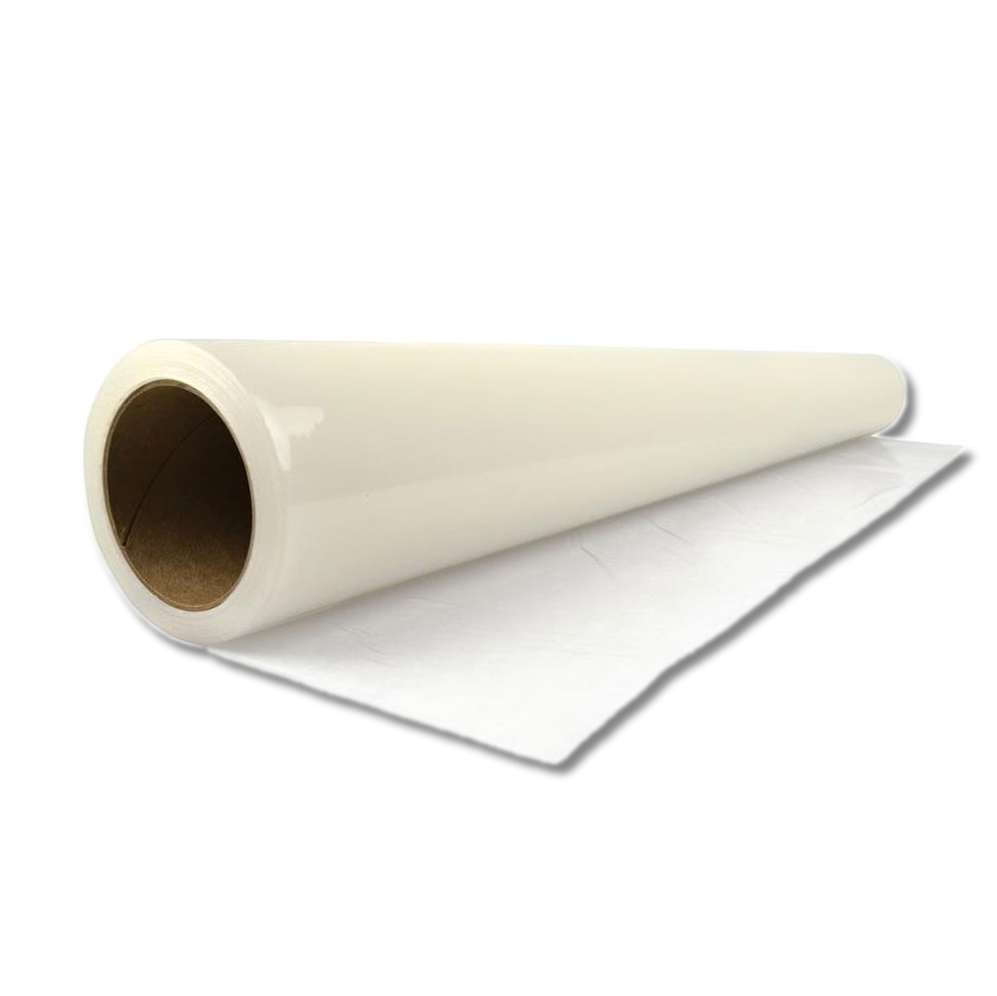blog
Enhance Comfort and Safety: A Comprehensive Guide to Window Film
- 2024.05.22
- Martin. C
A Comprehensive Guide to Different Types of Window Films
Window films are versatile solutions used for various purposes, including energy savings, enhanced security, privacy protection, decoration, and more. This comprehensive guide explores the types, benefits, applications, and advancements of different window films.
1. Solar Control Films
**Solar Control Films** are designed to block solar heat and ultraviolet (UV) rays. These films reflect or absorb specific wavelengths of sunlight, reducing indoor temperatures and lowering energy costs. They also protect furnishings and interiors from fading due to UV exposure, and safeguard occupants from UV-related skin damage.
2. Decorative Films
**Decorative Films** are used to add visual appeal to glass surfaces. They come in various patterns, colors, and textures, enhancing windows, doors, and partitions with decorative effects. These films can create a unique interior design, emphasize personal spaces, and incorporate branding or custom designs.
3. Security Films
**Security Films** reinforce glass, increasing its resistance to impact. They prevent glass from shattering into dangerous shards, reducing injury risk and property damage during break-ins, explosions, or natural disasters. These films play a critical role in protecting people and property in vulnerable situations.
4. Privacy Films
**Privacy Films** are designed to obscure visibility while allowing light to pass through. These films come in various designs, from translucent to opaque, providing privacy in bathrooms, offices, and conference rooms. They ensure confidentiality without compromising natural light.
5. Safety Films
**Safety Films** hold shattered glass together, enhancing safety by preventing glass shards from scattering during accidents or impacts. These films are crucial for minimizing injuries in the event of natural disasters, explosions, or everyday accidents, providing a strong, durable layer of protection.
6. Anti-Graffiti Films
**Anti-Graffiti Films** protect surfaces in public and commercial spaces from vandalism. These films are designed to be easily replaceable if defaced, reducing maintenance costs and preserving the appearance of glass surfaces against graffiti, spray paint, and other forms of vandalism.
7. UV Protection Films
**UV Protection Films** block up to 99% of harmful UV rays, protecting occupants from skin damage and preventing interior furnishings from fading. These films are essential in museums, galleries, and residential areas where UV protection is crucial for preserving valuable items and maintaining health.
8. Heat Reduction Films
**Heat Reduction Films** block solar heat, lowering indoor temperatures and reducing cooling costs. These films keep interiors cool in the summer and reduce heat loss in the winter, enhancing energy efficiency and comfort in both residential and commercial buildings.
9. Frosted Films
**Frosted Films** provide a translucent effect on glass surfaces, offering privacy and decoration simultaneously. They diffuse light while obscuring vision, making them suitable for offices, bathrooms, and conference rooms. Various patterns and colors enhance interior design while ensuring privacy.
10. Tint Films
**Tint Films** control the color of windows, reducing heat and glare. Available in different shades and densities, these films improve energy efficiency and indoor temperature regulation. Tint films are widely used in automotive, residential, and commercial buildings to enhance comfort and aesthetics.
Conclusion
Each type of window film is designed for specific purposes, offering benefits such as energy savings, enhanced safety, privacy protection, and visual appeal. By applying these films in residential, commercial, and public spaces, the quality of indoor environments can be significantly improved. Continuous technological advancements are expanding the performance and applicability of window films, making them an integral part of modern architecture and interior design. Investing in the right window film can create safer, more comfortable, and visually appealing spaces, contributing to the overall sustainability and value of properties.

 Pender
Pender
 Rode
Rode
 Santana
Santana
 Shure X
Shure X
 Camo
Camo
 Sunset R
Sunset R
 Reiney Blue
Reiney Blue
 Aura
Aura
 Aero Shield 500
Aero Shield 500
 Aero Shield 700
Aero Shield 700



